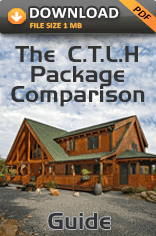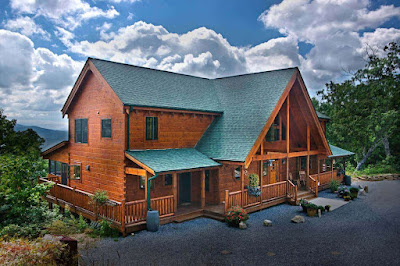Essential Tips for Selecting and Building Small Log Cabin Kits
Have you ever envisioned yourself nestled comfortably inside a cozy log cabin, surrounded by nature's tranquil beauty? If the thought of constructing a traditional log cabin seems overwhelming, small log cabin kits might be the perfect solution. These kits are easy to assemble, budget-friendly, and exude a charming rustic aesthetic that blends seamlessly with the natural surroundings. Here are some essential tips for selecting and building small log cabin kits.
1. Define Your Purpose and Needs
Before purchasing a log cabin kit, clearly define its purpose. Is it a weekend getaway, a backyard office, a guest house, or perhaps a small primary residence? Your purpose will determine the size, design, and features you need. Additionally, consider the number of occupants, as this will affect the number of rooms and the overall layout.
2. Consider Your Budget
Budget is a key factor when considering a log cabin kit. The prices can vary significantly based on size, log type, and additional features. Your budget should also account for site preparation, foundation construction, and any potential modifications. Remember, cheaper is not always better - ensure your kit is of high quality to withstand weather and time.
3. Research Different Kit Providers
Spend time researching various providers of small log cabin kits. Look for companies with good reputations, positive customer reviews, and quality assurance. Understand what their kit includes. Some only provide the logs and blueprints, while others include doors, windows, and even interior fixtures.
4. Choose the Right Log Type
Log cabin kits come with different types of logs, such as milled, handcrafted, or laminated. Each has its unique aesthetic and level of required maintenance. Milled logs offer a more uniform appearance and are easy to stack, while handcrafted logs retain a more natural and rustic look. Laminated logs are exceptionally durable and resistant to warping and cracking.
5. Understand the Assembly Process
While small log cabin kits are designed to simplify the building process, they still require a level of construction knowledge. Understand what assembling the kit involves and assess if you have the required skills, or if you will need to hire a contractor. If you decide to DIY, make sure you have a well-thought-out plan and the necessary tools.
6. Preparing the Site and Foundation
Before your kit arrives, you need to prepare the site. This can involve clearing vegetation, leveling the ground, and installing utilities if necessary. Similarly, your log cabin will need a strong foundation, usually a concrete slab or pier foundation. Check with local building regulations to ensure your foundation meets the requirements.
7. Regular Maintenance
While log cabins have a natural resilience, they still need regular maintenance for longevity. This might include sealing the logs, checking for pests, and cleaning the exterior. Make sure you're prepared for this commitment to keep your cabin looking its best.
Choosing and building a small log cabin kit is an exciting endeavor that brings you closer to nature and offers a sense of achievement. By keeping these tips in mind, you can ensure you make informed decisions that lead to the successful realization of your cozy, rustic retreat.



.jpg)
Comments
Post a Comment